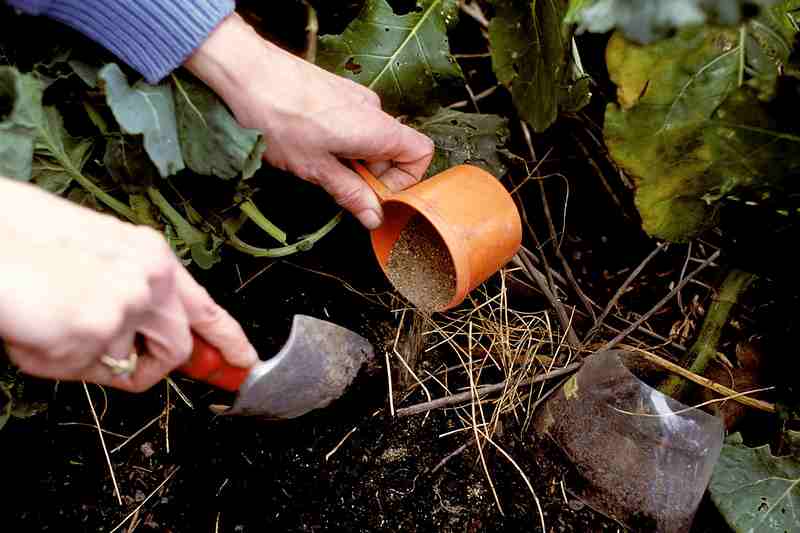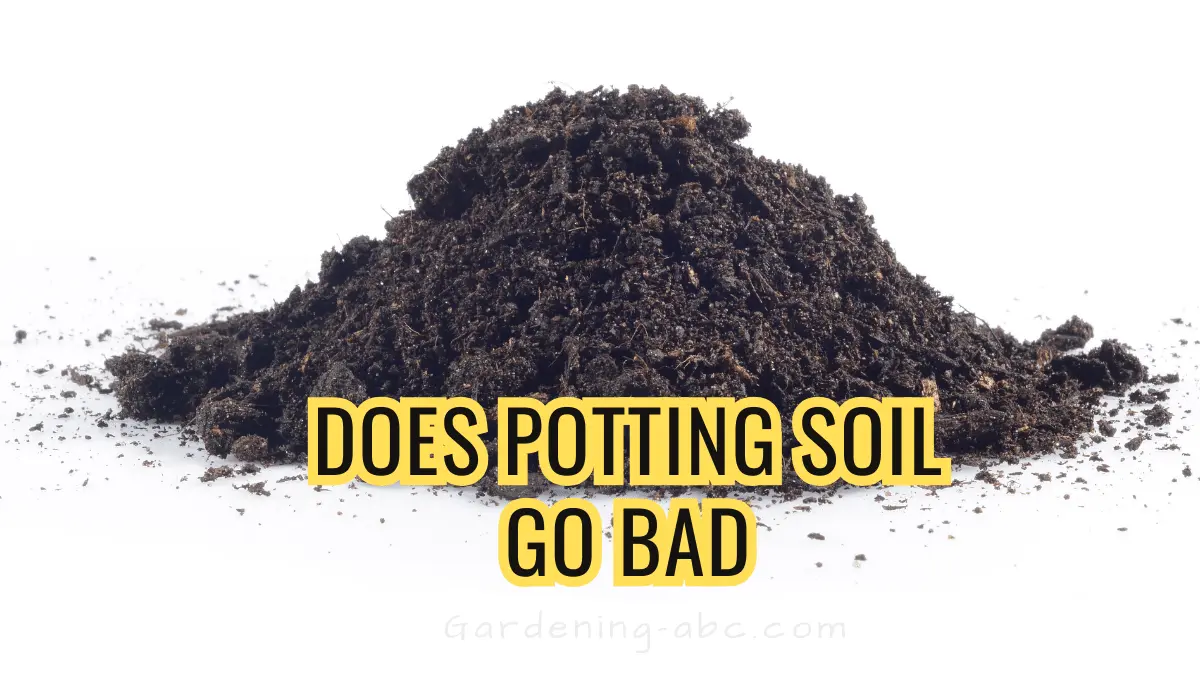We use affiliate links to run our site. When you buy through links on our site, we may earn an affiliate commission, without any added cost to you. Learn more
It’s a common question for gardeners and urban farmers: Does potting soil go bad? The short answer is yes, but you may not realize just how soon that could happen. Before we dive into the potential risks of using expired potting soil, let’s talk about what it is and why it should be fresh.
Potting soil is essentially a type of medium used to grow plants indoors. It typically comprises of organic material such as bark and peat moss, as well as mineral elements like sand or perlite. These materials are combined to create a light yet nutrient-rich product for rooting and growing plants.
However, potting soil won’t last forever. As organic matter breaks down over time, it can become less effective at providing the nutrients your plants need to thrive. This is why gardeners should be aware of their potting soil’s shelf life and be prepared to replace it if necessary.
How Long Does Potting Soil Last?
Typically, potting soil can last around two years before needing to be replaced. However, this shelf-life may vary depending on the type of soil and how it has been used or stored.
For example, if you have a particularly large pot that requires more soil than usual, its lifespan will likely be shorter; similarly, if you are using soil with large amounts of organic material, it may not last as long. On the other hand, high-quality potting soil that has been stored in a cool, dry place may last longer than two years.
It’s also important to note that potting soil can go bad sooner than expected if it is exposed to water or humidity for extended periods of time. As organic matter starts to decompose, it can become a breeding ground for fungi and bacteria which can be harmful to plants.
How Can You Tell When Potting Soil is Bad?
Fortunately, there are some tell-tale signs that potting soil has gone bad. One of the most obvious indicators is an unpleasant smell. If the soil smells foul or musty, it’s likely gone bad and should be discarded immediately.
It is also important to look out for signs of mold or other fungi on the surface of the potting soil. Additionally, if the soil appears dry and crumbly when touched, it may have passed its expiration date.
What Happens if You Use Old Potting Soil?
Using expired potting mix can have several negative effects on your plants:
- Reduced Plant Growth: Old potting mix lacks the necessary nutrients for optimal plant growth, resulting in stunted growth, weakened leaves, and delayed flower and fruit development.
- Impaired Soil Porosity: Aged garden soil has poor porosity, which affects aeration and water drainage. Additionally, soil compaction can harden the soil, suffocate plant roots, and hinder nutrient absorption.
- Salt Accumulation: Due to inadequate drainage in old potting mixes, salts from mineral water and fertilizers can accumulate in the soil, potentially stressing the plants and damaging their roots.
How Can You Make Sure That Potting Soil Stays Fresh?
The key to keeping potting soil fresh is proper storage. It’s important to store the soil in an airtight container or bag, as this will help prevent moisture from entering the mix and spoiling it. Also, make sure that you buy only what you need and don’t keep your soil around for longer than two years.
Finally, if you’re growing plants indoors or in a container, make sure to regularly check the soil and water levels. Too much water can cause the organic material in potting soil to break down quickly, so it’s important to keep an eye on your plant’s needs and adjust accordingly.
Natural and economical ways of refreshing expired potting soil

There are a few ways you can refresh expired potting soil without having to buy new. Adding compost or worm castings is one of the most natural and economical methods. This will not only help to boost nutrient levels in the soil, but it will also add beneficial microbes that will help your plants thrive.
You can also use plant-based fertilizers to add nutrients back into the soil. This is especially helpful if your plants are showing signs of nutrient deficiency, such as yellowing leaves or stunted growth.
What Can You Do With Spoiled Potting Soil?
If you find that your potting soil has gone bad, don’t just throw it away. There are many creative uses for spoiled potting soil. For example, you can use it as mulch or fertilizer in the garden. You can also mix it with compost to create a nutrient-rich planting medium for outdoor plants and vegetables.
Conclusion
Knowing the factors that impact potting soil lifespan will empower you to use up bags while still fresh and amend older potting soil to restore nutrients.
Test questionable mixes and watch for signs of mold or very dry, cracked soil. With a few tricks like adding compost or fertilizer, even older potting soil can often be revitalized for your plants to enjoy.
I hope these tips help you reduce waste and get the most out of your potting soil. Let me know in the comments if you have any other great strategies for maintaining fresh potting soil.
Be sure to share this article if you found it useful! For more gardening tips and topics, explore the rest of the site.
FAQs:
How can I tell if my potting soil is bad?
Indications that your potting soil may be subpar include the presence of pests being attracted to it (such as gnats or small flies), soil clumping, the development of mold, and a foul odor emanating from the bag
Why does my potting soil smell bad?
Unpleasant odors in potting soil can be attributed to the activity of bacteria, fungi, and other microorganisms that break down the organic matter present in the soil. This can occur when the compost used in the potting soil is not fully matured or when there is contamination from other organic materials in the mixture.
Does opened potting soil go bad faster?
Yes, opened potting soil has a higher risk of going bad as it’s exposed to contaminants like pests, fungi, and mold spores. Proper storage can extend its usability up to 6 months.
Does unopened potting soil expire?
Unopened potting soil doesn’t technically expire, but it can gradually lose its nutrient value and water-holding properties over time, especially if it dries out. It’s advisable to utilize it within a year of purchase to ensure optimal performance.
Is moldy potting soil still usable?
If the mold is limited to the surface, you can simply remove the affected layer and continue using the rest of the potting mix. However, if the mold has spread throughout the bag, it is advisable not to use it. One way to eliminate the mold is by exposing the soil to sunlight and then recycling it.
Can dried-out potting soil be revitalized?
If potting soil is not excessively dried out, it can be rehydrated and reused. However, if it has become too dry, it may no longer be suitable for plants as it could compromise the microorganisms and nutrients it contains.
Amazon and the Amazon logo are trademarks of Amazon.com, Inc, or its affiliates.

Hi there! My name is Prasenjit and I’m an avid gardener and someone who has grown a passion for growing plants. From my hands-on experience, I have learned what works and what doesn’t. Here I share everything I have learned.
